P0420 is a common OBD-II code which is primarily related to the performance of the catalytic converter in vehicle’s exhaust system. The catalytic converter’s role is to reduce harmful emissions by converting exhaust gases into less harmful byproducts. DTC P0420 triggers when the catalytic converter’s efficiency falls below the expected threshold, indicating that it may not be functioning optimally. When P0420 code is triggered, it typically results in the illumination of the Check Engine Light on the driver’s dashboard.
More about the code
There are several potential reasons for the activation of DTC P0420. It may be due to a failing catalytic converter, exhaust leaks, engine misfires, or issues with the oxygen sensors. The code is specific to “Bank 1”, which typically refers to the side of the engine where cylinder 1 is located. Bank 1 can vary depending on the vehicle’s configuration, so it’s essential to consult your vehicle’s documentation or a repair manual to determine the exact location of Bank 1.
Fixes for OBD-II Code P0420
Addressing code P0420 typically involves diagnosing and resolving issues related to the catalytic converter and the emissions control system. As a step “number zero” you could use a cleaners to clean up the converter and check if codes would go away afterwards. But if doesn’t help, here are the general steps to get P0420 fixed:
- Diagnosis. Read and clear the codes. Conduct checking for exhaust leaks, inspecting the catalytic converter, and testing the oxygen sensors.
- Exhaust Leak Inspection. Check the exhaust system for any leaks, cracks, or damage. If leaks are found, they should be repaired or replaced as needed.
- Oxygen Sensor Testing. Test the oxygen sensors to ensure they are functioning correctly. If any sensors are faulty, replace them.
- Catalytic Converter Inspection. Inspect the catalytic converter for damage, such as clogs or deterioration. If the converter is damaged or no longer effective, it may need to be replaced.
- Engine Misfire Diagnosis. Ensure that your vehicle’s engine is running smoothly and that all cylinders are firing correctly. If misfires are detected, address the underlying issue.
- Technical Service Bulletins (TSBs). Manufacturers may release TSBs related to specific issues causing DTC P0420 in certain vehicle models. Check if any TSBs apply to your vehicle.
- Repair or Replacement. Depending on the diagnostic results on the steps above, you may need to repair or replace components in the emissions control system.
- Clear the Code. After making the necessary repairs or replacements, clear the DTC P0420 code using an OBD-II scanner to ensure that the Check Engine Light (CEL) on the dashboard is reset.
- Test Drives. Perform a series of driving cycles to allow the vehicle’s onboard diagnostic system to monitor the repaired or replaced components. If the issue is resolved, the CEL should remain off.7
- Emissions Testing. Ensure that your vehicle complies with local regulations after resolving P0420, if emission testing is required in area you’re living.
Can I continue driving with the P0420 code?
While you can continue to drive with a P0420 code, it’s not a code you should ignore for an extended period. It’s best to have the issue diagnosed and repaired as soon as possible to avoid potential problems with emissions testing, fuel efficiency, and engine health. Addressing the root cause of the code, whether it’s a malfunctioning catalytic converter or another related issue, is essential to maintain the long-term performance and environmental compliance of your vehicle.
How much does it cost to fix the code P0420?
Here is a general estimate with the prices on the date of publication, but keep in mind that actual costs may differ:
- Oxygen Sensor Replacement. The cost of replacing one sensor can range from $50 to $230 or more. This cost may vary depending on whether you choose an OEM or aftermarket sensor.
- Catalytic Converter Replacement. Replacing a catalytic converter is often the most expensive part of addressing P0420. Prices for a new catalytic converter can range from $250 to $1,400 or more, depending on the type (traditional or high-flow) and the specific vehicle’s requirements. Labor costs for installation can add several hundred dollars.
- Exhaust System Repairs. Repairing exhaust leaks or damaged components in the exhaust system can cost anywhere from $100 to $550 or more, depending on the extent of the damage and the necessary repairs.
- Labor Costs. Labor rates vary by location and the specific repair shop. Labor costs can range from $50 to $175 per hour. The total labor cost depends on the complexity of the repairs and the time required to complete them.
- Diagnostic Fees. Some repair shops charge diagnostic fees to identify the cause of the issue. Diagnostic fees can range from $50 to $175 or more.
- Emissions Testing. In areas where emissions testing is required, there may be fees associated with testing and certification.
We do an efforts to find, research and recommend the best products. So, we may receive commissions from purchases that you make after following the links in our product reviews.


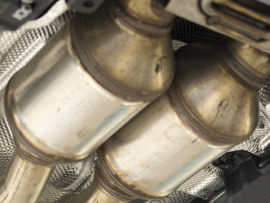
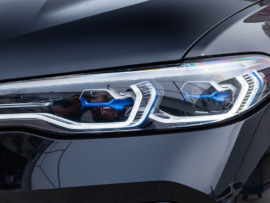
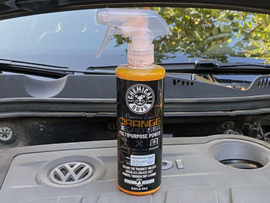

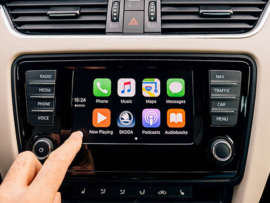
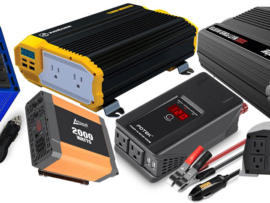
Leave A Comment